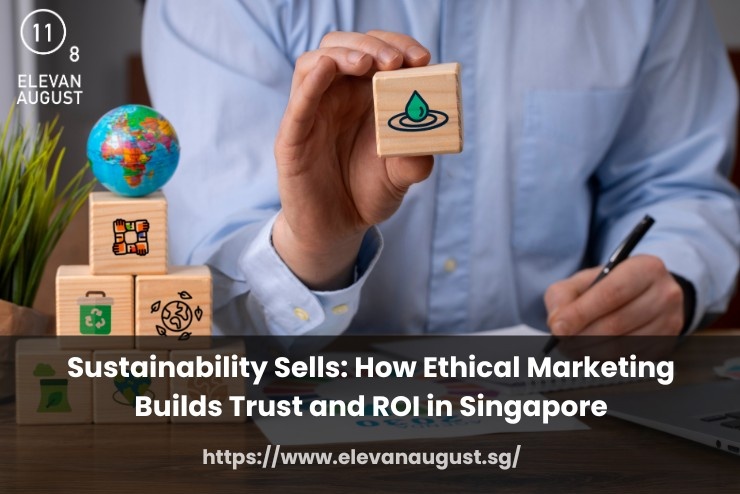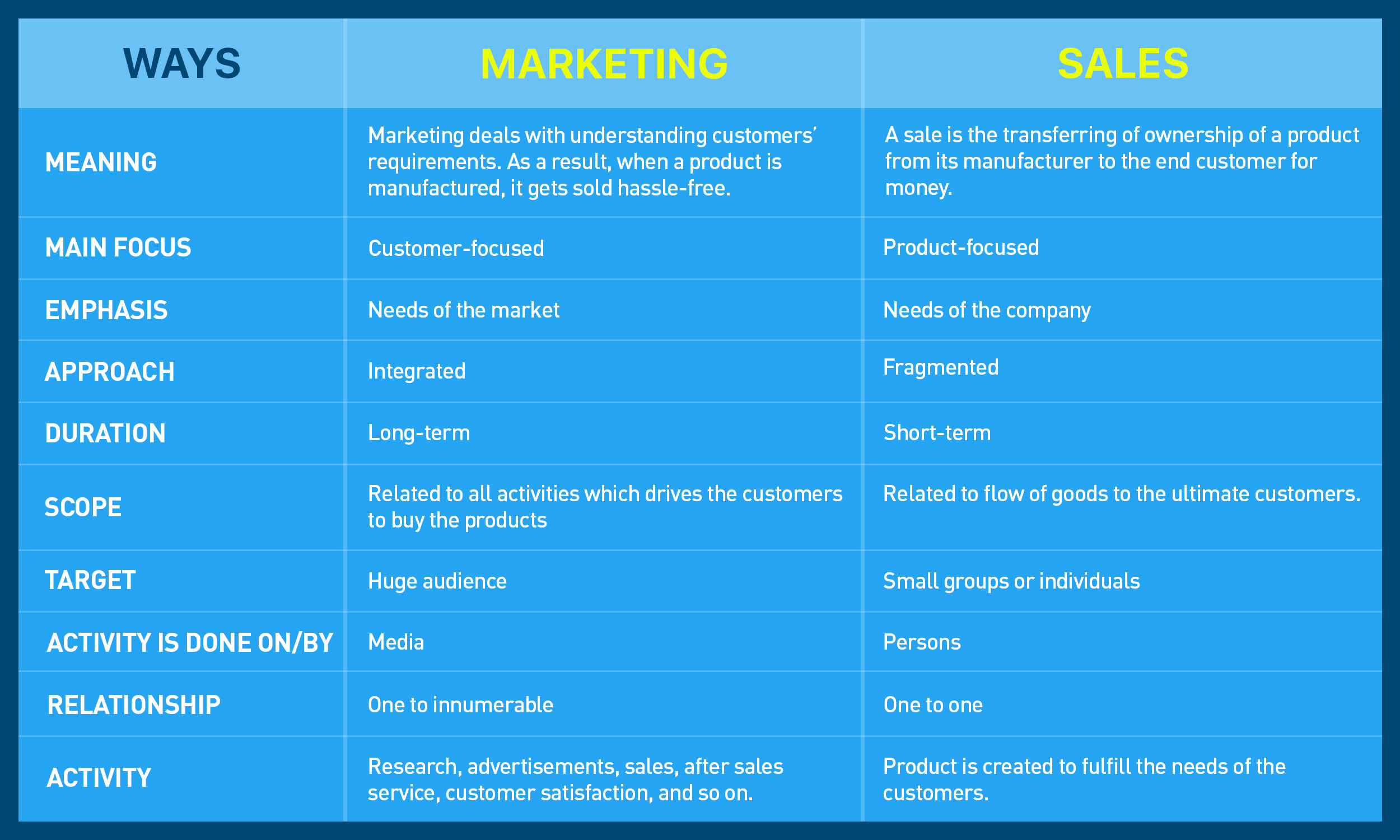Not long ago, sustainable messaging was more checkbox than strategy. Today, audiences are quicker to spot the difference.
When a brand talks about ethics or eco-standards, they expect it to hold up under scrutiny.
In Singapore, the shift is even more noticeable. Younger consumers value clarity, not claims. Older ones ask where the product came from and why it costs what it does.
That shift changes how you market, not just what you say. And it’s pushing more brands to treat sustainable marketing as a default, not a campaign.
Trust Begins Before Anyone Buys
Credibility builds well before the first sale. Buyers want to see how your team makes choices, from how you source to who you work with.
In ethical marketing Singapore audiences engage with, these early decisions carry weight.
Instead of catchy slogans, more brands now share proof: vendor details, logistics steps, even internal policies.
Quiet actions repeated over time speak louder than a single campaign push.
Stay Cohesive Across Every Channel
Disjointed messaging creates confusion fast. If your site promotes eco values but your ads feel tone-deaf, people start to second-guess the intent.
Consistency brings calm. It means your values show up clearly, whether it’s a banner, a product label, or a checkout email.
Many teams leading sustainable marketing Singapore-wide begin with audits to catch mismatches across touchpoints.
Small tweaks go a long way. Most stories don’t need rewriting; they just need a clearer voice across the board.
Don’t Just Say It, Show It
Saying “sustainable” means little when every other brand is using the word.
What matters more is how clearly you back it up. This includes how you describe materials, show supply chains, or even explain product longevity.
Visuals help here, like behind-the-scenes shots, material guides, and third-party audits.
Some eco-friendly branding Singapore teams now include sourcing maps on product pages. Others share staff training stories or warehouse upgrades. These aren’t gimmicks. They’re proof.
Partner With Creators Who Match the Mission
Creator partnerships add reach, but alignment matters more than follower count. If a sustainability advocate loves your brand, their story will do more than any paid ad.
Look for influencers who already talk about product sourcing, circular design, or conscious consumption. And give them room to speak in their voice.
The goal is to invite collaboration, not control the message.
This is where ethical marketing Singapore teams often shine. They know the culture well enough to build real credibility, not just borrow it.
Make Eco the Default Experience
Instead of spotlighting what’s sustainable, weave it into the entire buying journey. Let customers know the packaging is compostable during checkout.
Offer carbon offset at shipping without requiring them to hunt for it.
This kind of quiet integration turns sustainable into standard. You’re not asking them to do more; you’re showing what you’ve already done.
And that creates a deeper kind of brand memory: one built on values, not just product features.
Track Long-Term Signals, Not Just Clicks
Short-term spikes often mislead. Just because an ad drove traffic doesn’t mean the message resonated.
Look at returning customers. Review engagement on sustainability content over time.
Some teams running eco-friendly branding Singapore strategies use heatmaps to study how users engage with sustainability content.
Others ask new customers what drove them to try the brand. That feedback loop tells you what’s landing and what just looked good on paper.
Let Internal Voices Shape What Goes Out
Some of the clearest messaging comes from the people closest to the work.
Customer support hears what buyers care about. Operations sees where values meet logistics.
When these teams talk to each other, the real story starts to take shape.
Marketing doesn’t need to guess what matters. It already lives in daily feedback, internal decisions, and even moments of friction.
When every team understands the reasons behind your sustainability choices, the message feels steady—because it is.
This kind of alignment takes time, but once in place, it’s hard to miss. What you say starts to match what you do.
Final Thoughts
The brands that feel credible rarely lead with the pitch. They show up in small ways that stay consistent, from how they package orders to how they reply to concerns.
That’s what we aim for too. Our work helps teams connect their values to the details, like tone, timing, content, and everything in between.
If you’re building something grounded and want the message to reflect that, we’d be happy to help you shape it, one clear decision at a time. Get in touch with us today and let’s talk.






